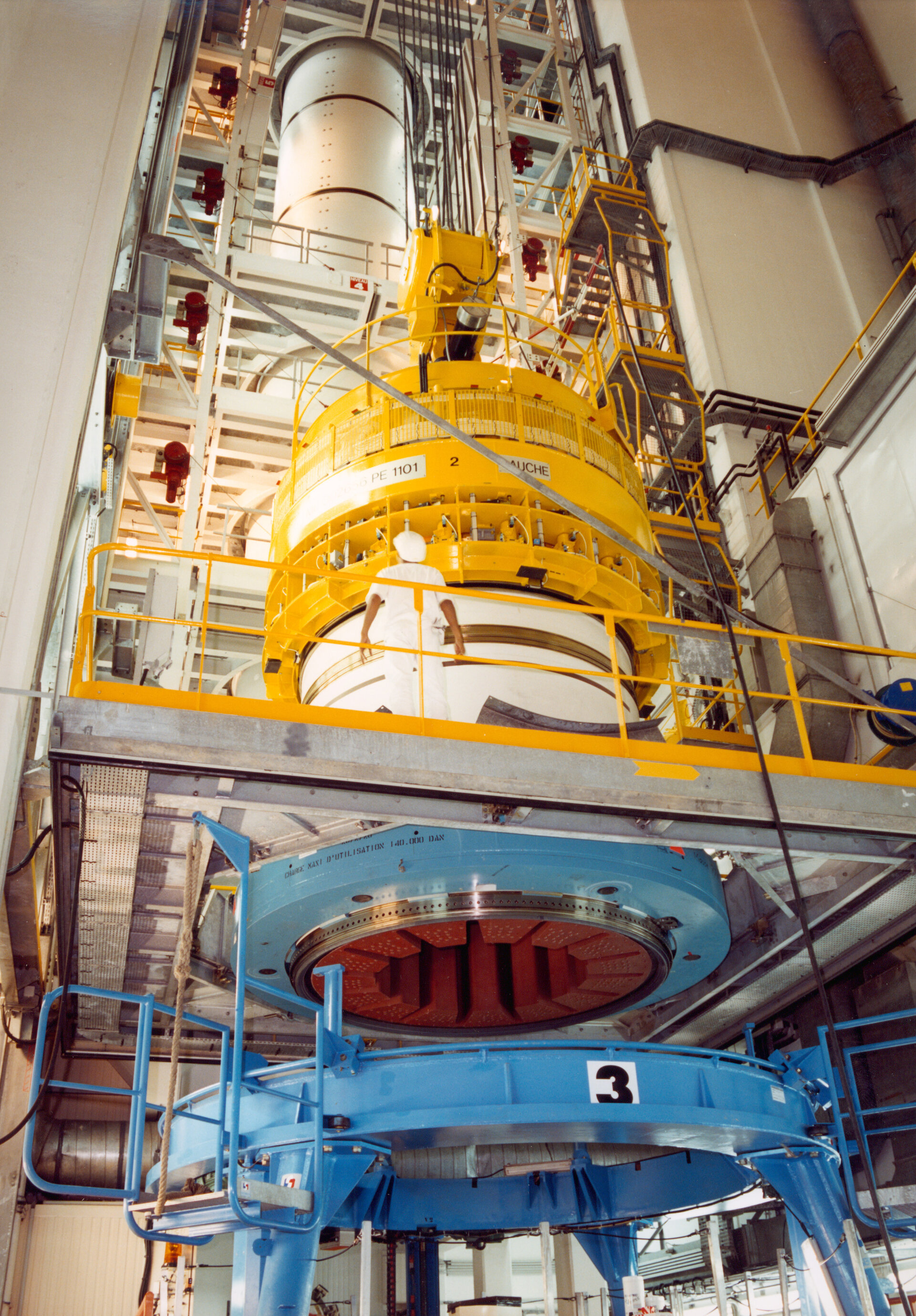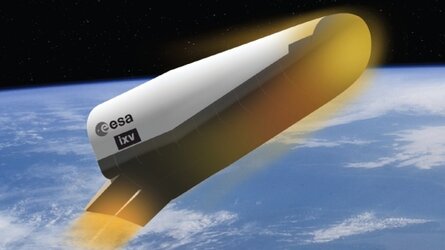Solid propulsion
Solid propulsion technology is often used for a launcher's boosters or main stage to enable a launcher to lift off. At present, a solid rocket booster is usually made up of a steel case containing blocks of a self-burning mixture called solid propellant. When this burns the gases produced are forced through a nozzle to provide the power for liftoff.
Several new solid propulsion technologies are being developed in the frame of the Vega/P80 programme to increase performance and reduce costs. These technologies include:
- monolithic carbon fibre reinforced polymer motor case
- high performance propellant and grain design
- low-density internal thermal insulation
- nozzle using low-cost materials and advanced manufacturing processes
- advanced flex joints
- electro-mechanical actuators
Other technologies under development that could be used on future launch systems include:
- segmentation of carbon fibre reinforced polymer case and skirt/case connection
- development of a low-cost propellant and high energy propellants
- assessing new motor designs with respect to pressure oscillations





